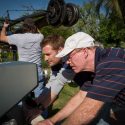In 1981, I launched an advertising agency with no clients.
I was a twenty-four year old in need of steady income, sitting alone at a rented desk with a telephone book in my hand. (This was long before the Internet)
Twelve months earlier, the college guidance counselor suggested that I “pursue business in the areas that I loved.” I loved to surf for hours on end, but now that I was lucky enough to meet my future wife — I needed to generate enough income to propose! And, of course, there were my parents, whose patience and kindness was running out when I returned home with a liberal arts degree and no job offers. The only skill I had developed was writing term papers–so I took a job at an ad agency, and then took the plunge and printed my own business cards.
I looked for industries that I loved, just like the guidance counselor suggested. I started in the yellow pages with boats and saw a listing for a sailboat manufacturer in my homeotown. A former Navy commander named Bill Soverel was known in South Florida for constructing race-winning sailboats. With all my courage, I walked into his office with an ad I had mocked up, “When you choose to command the lead…Soverel Marine” .
It got me the two-minute pitch.
“Mr. Soverel, Your ad says you build the Ferrarri of sailboats, but the one eight page size, of the ad says “Ford”. A cold glare told me I had seconds remaining to make my point. ” Instead of buying 1/8 page ads in sixteen different magazines. You need to buy a two-page spread in just the one magazine that best targets your buyers–then your sailboat will be perceived as the Ferrari that I have heard it is.”
I landed the account, had a blast learning the sailboat business and increasing Mr. Soverel’s boat orders from 12 per year to over 30! He was pleased. I was on cloud nine, and enough income to propose, and enough confidence to approach the next listing in the telephone book: Beach Britches.
I dialed the swimwear manufacturer. He had a warehouse full of sewers at machines making surfing baggies. I bought the rights to a photograph of the most perfect wave I had ever seen in a magazine, and mocked up an ad for “SunBritches” and got an appointment. The owner was a do it yourself kind of guy, but I convinced him, I could be his “in-house” art department, pr department and ad agency for no fee–the magazines would pay my commission if he placed an ad. Now, I had two accounts!
Sitting at my one desk, one phone office space, I poured through the Palm Beach County newspaper to see which businesses spent the most on advertising. Car Dealers were number one, banks number two and real estate developers a close third. At the local “Ad Club”, I saw an agency president who worked for car dealers and he looked to be on the verge of a nervous breakdown —so I ruled out the automobile industry.
I decided to run an ad myself, and to direct it to bankers and home builders.
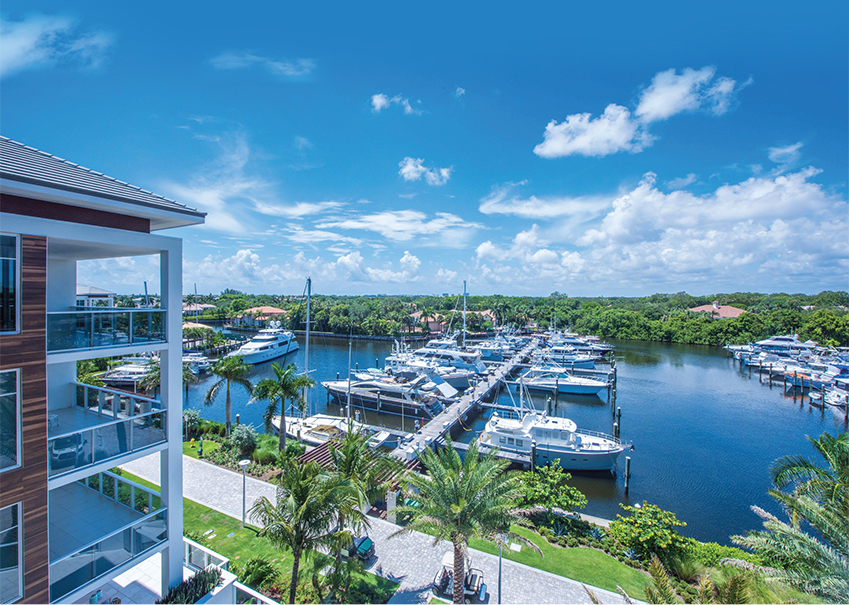
“Free media buying workshop—a must attend event for
all banking and real estate advertisers–The most important
free lunch you will ever have. Learn how to spend your ad dollars wisely in the newspaper and on Television and see
how creative messages can turn a small budget into big sales—Wednesday noon at the Holiday Inn Business Center.”
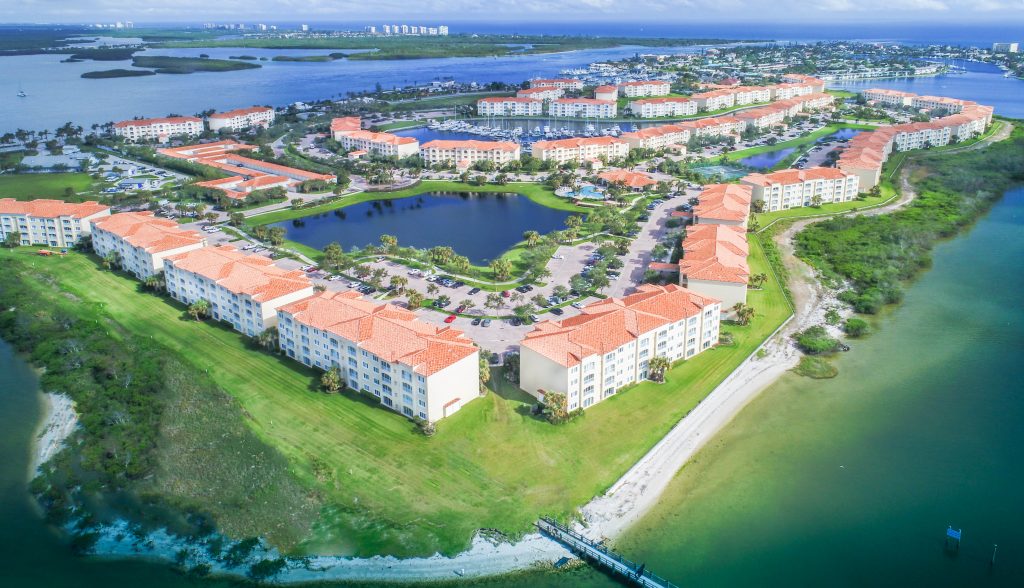
My little ad filled a hotel conference room with the marketing directors of local companies eager to get more from their advertising. I introduced them
to the concept of branding. What is the difference between
a Rolex and a Timex? The audience laughed in recognition.
“They both keep time about the same,” I said, “ So why pay thousands more for a Rolex?” Ask yourselves if your advertising creative is building perceived value into your brand, as well as driving customers.
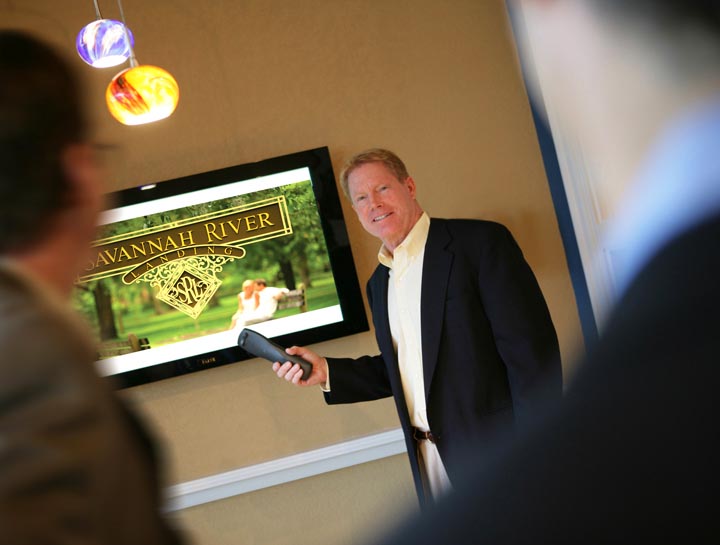
I then showed them on a chalkboard how they could negotiate rates between TV stations competing in the same market.
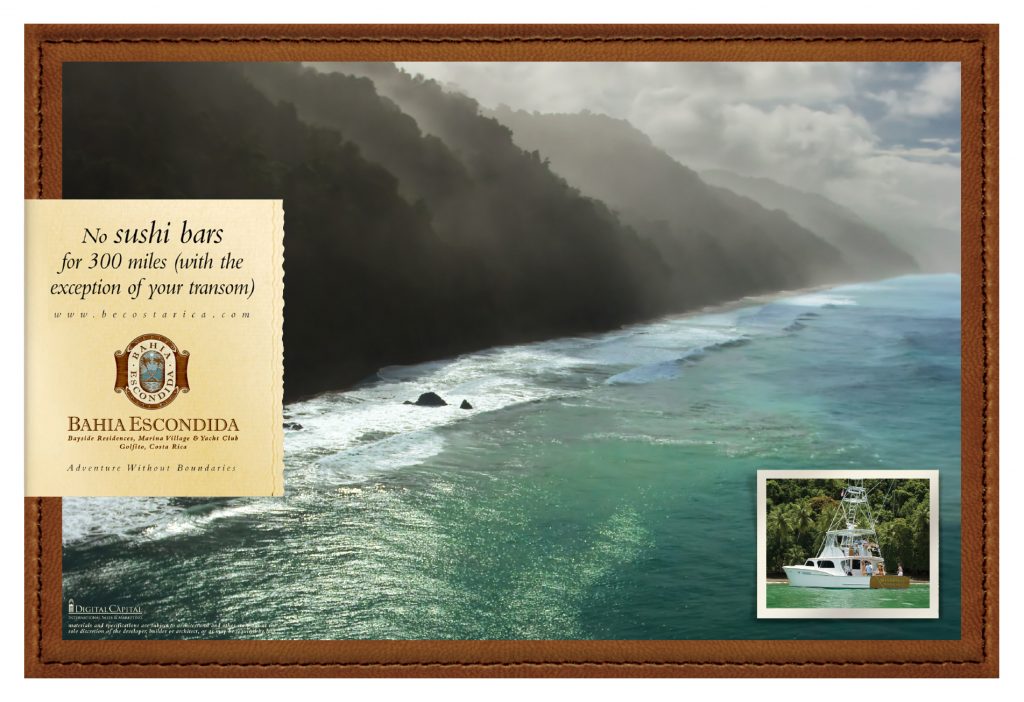
“Ask your sales rep to provide audience figures in thousands, not ratings or percentages. Now divide the proposed cost by the thousands of viewers delivered. Now that you know you should be paying $8 per thousand viewers in our market, you can begin to negotiate!”
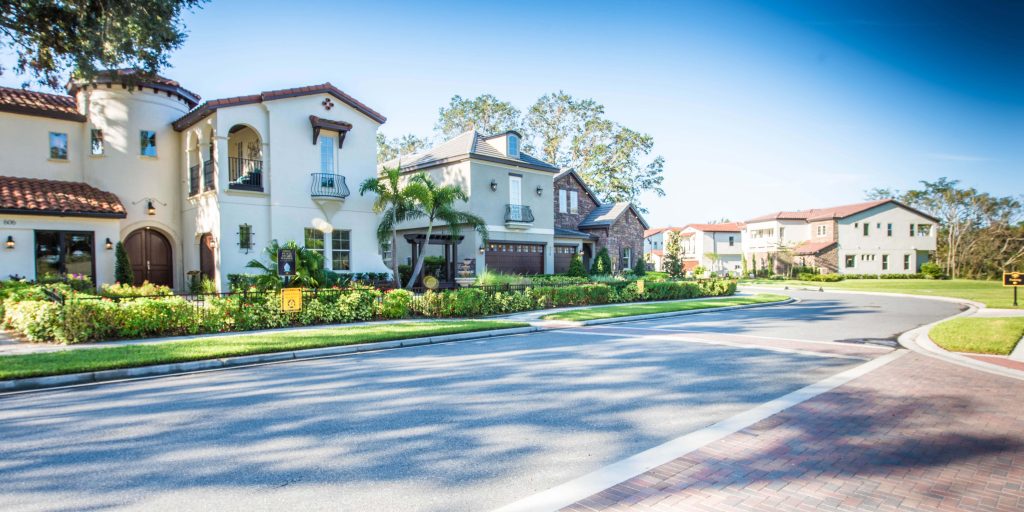
My common sense approach landed the area’s
largest homebuilder and (one year later, the area’s largest bank ) To the relief of my parents and new in-laws, I was in business!
I methodically sought and hired the best art directors I could find to illustrate the headlines I wrote, and to execute our ads with tasteful design that created branding value. I negotiated like a lion for my clients large and small, and became a favorite of the local media, for being honest and especially for paying bills quickly.
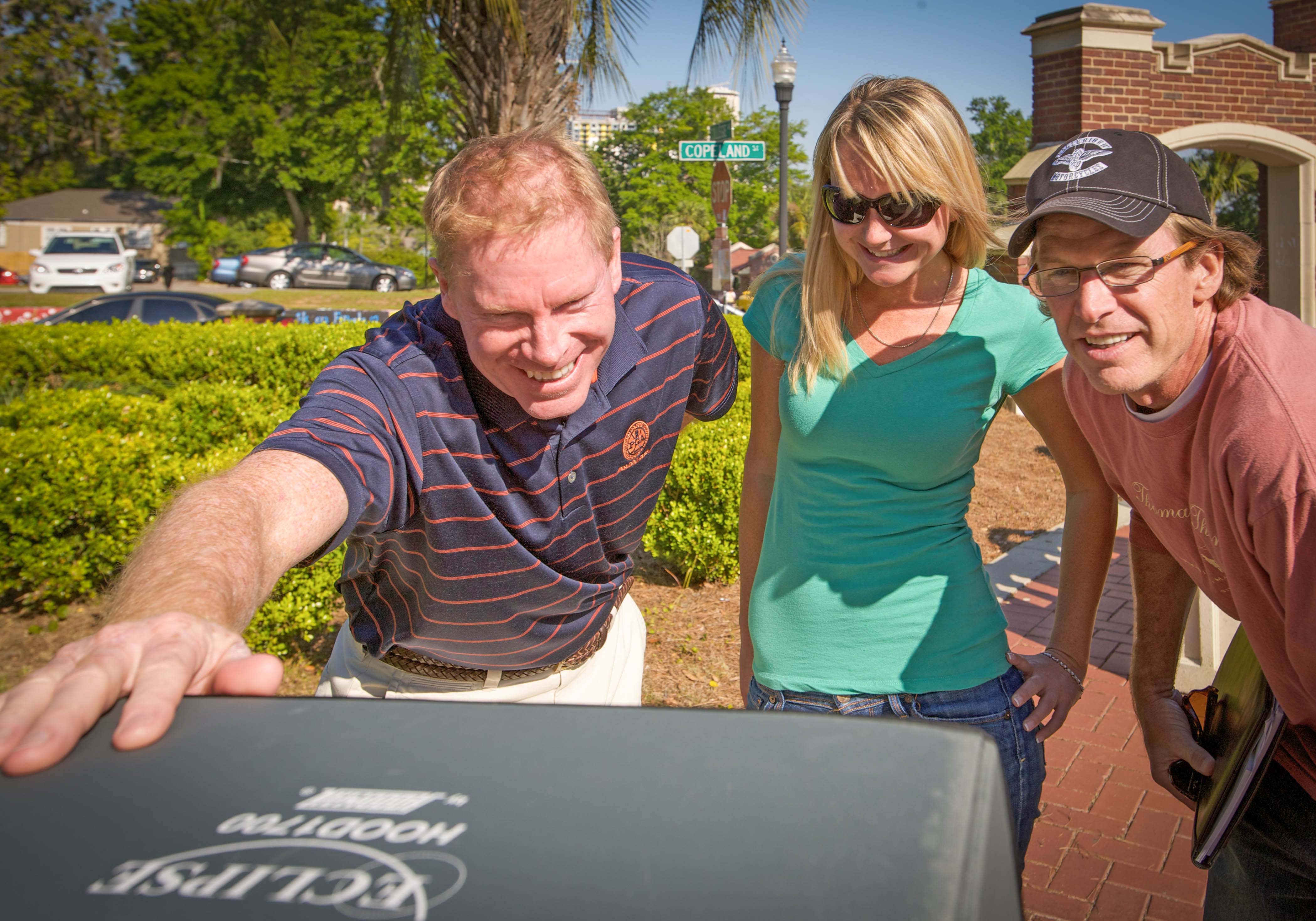
Commander Soverel sold 30 boats from the first ad more than doubling his annual revenue. We became good friends and he toasted me at my wedding as an advertising wonder. One summer he insisted I join him racing, which was a great honor, except that I was afraid of the open ocean. Particularly tropical lightning storms. Sure enough, while I was on steering detail, the boat was hit directly by lighting and all its electronic systems were disabled. We sailed home the old fashioned way– by magnetic compass!
The surf wear account, Sun Britches, grew from fifty to two hundred employees in just two years as a result of an ad campaign and in-store displays featuring the “perfect wave”. Just as quickly as the brand became popular, surfing fashion changed overnight from “old school” to “new wave.” As the creative consultant to the brand, I presented new suit design ideas but the client rejected them. He refused to change with the times and I was unable to change his mind. I lost the account, and learned I must be assertive not aggressive when it came to selling fragile ideas in the fickle world of advertising.
Making presentations for me was easy because of the strength of our art department. We would begin a presentation by passing out shirts and hats and merchandise to potential clients. The logo and product name we proposed would already be embroidered or printed on the gear and gifts. We didn’t allow the client to choose, it wasn’t even a discussion. If you wanted us, you wanted our ideas. If not, we weren’t the right fit.
Confidence in our work was our secret sauce. Soon, the largest resort and community developers in Florida were our clients and the fax machine (yes, the fax machine was the hub of our office in the 80’s) spat out requests from developers in exotic locations such as Indonesia, St.John B.V.I. , Costa Rica, Japan and the Philippines. Within two decades I
had helped clients sell over a billion dollars worth of golf course homes, oceanfront condominiums, and townhomes with docks for luxury yachts.
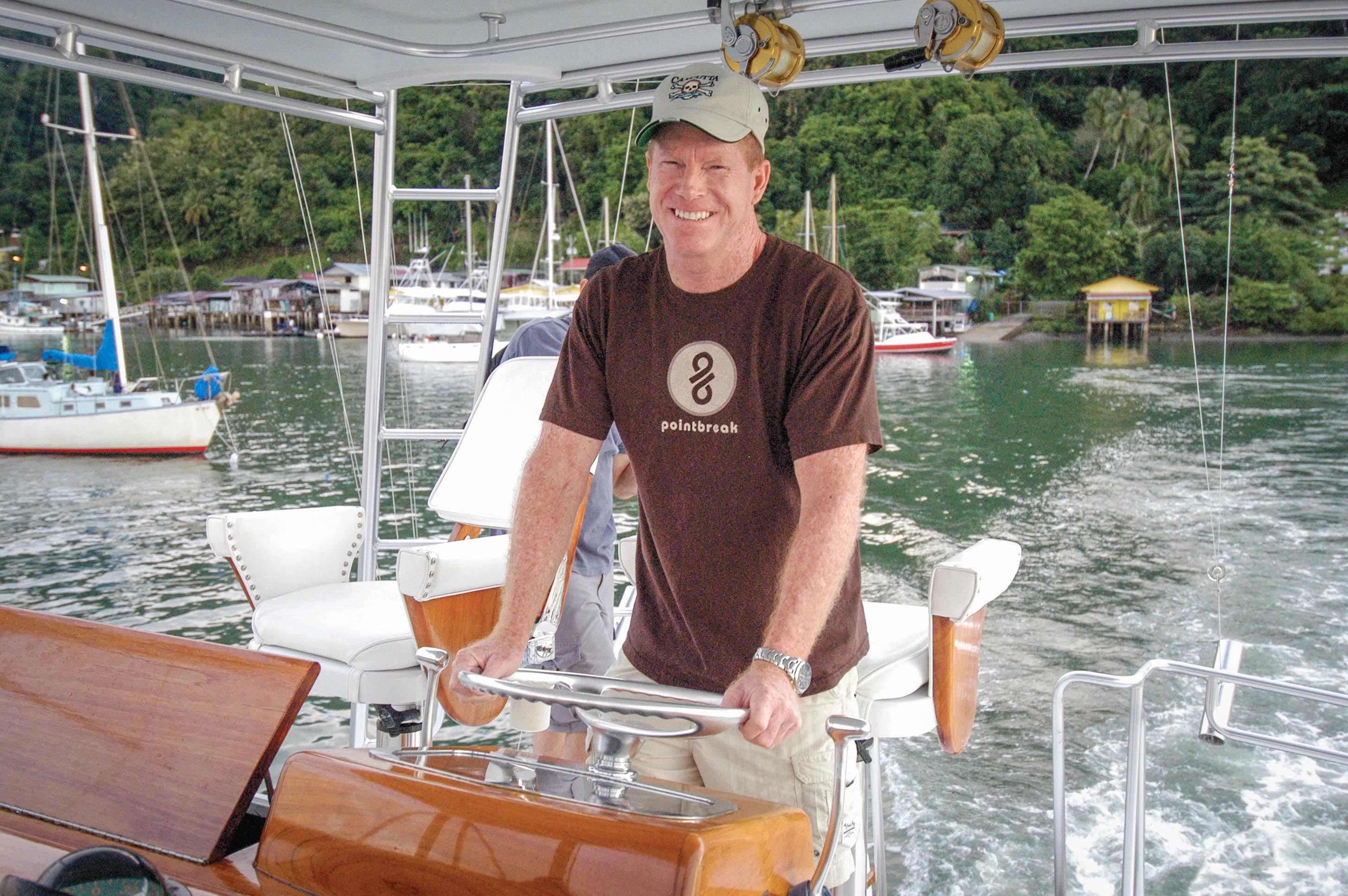
I got to see much of the world, and work with legends such as Jack Nicklaus, Arnold Palmer, Gary Player and Raymond Floyd. I saw first hand, that each of these champions shared a common personality trait: the were absolutely focused and driven to be the best. They did not suffer fools. I was dead serious about getting the commercials done without wasting time and ensuring that their scripts were smart and true to their values.
Did I make mistakes? Yes, plenty. I flew to Indonesia and presented a brochure mock-up that was met by total silence in a very crowded conference room. I had the American golf course designer on page one through six. The interpreter pointed out to the man at the head of the table who was the president of Indonesian golf–“Mr. Ciputra, head of Indonesian Golf wants to know who is on page one of the brochure”. “Ahh, I have made a big mistake, Mr. Ciputra will be on page one!” We then went through the same exercise for every important person seated at the table. After the meeting, Mr. Ciputra, teased me that I learned fast, and that in his culture, the best marketing was based upon the reputations of the people creating the product. I returned home humbled.
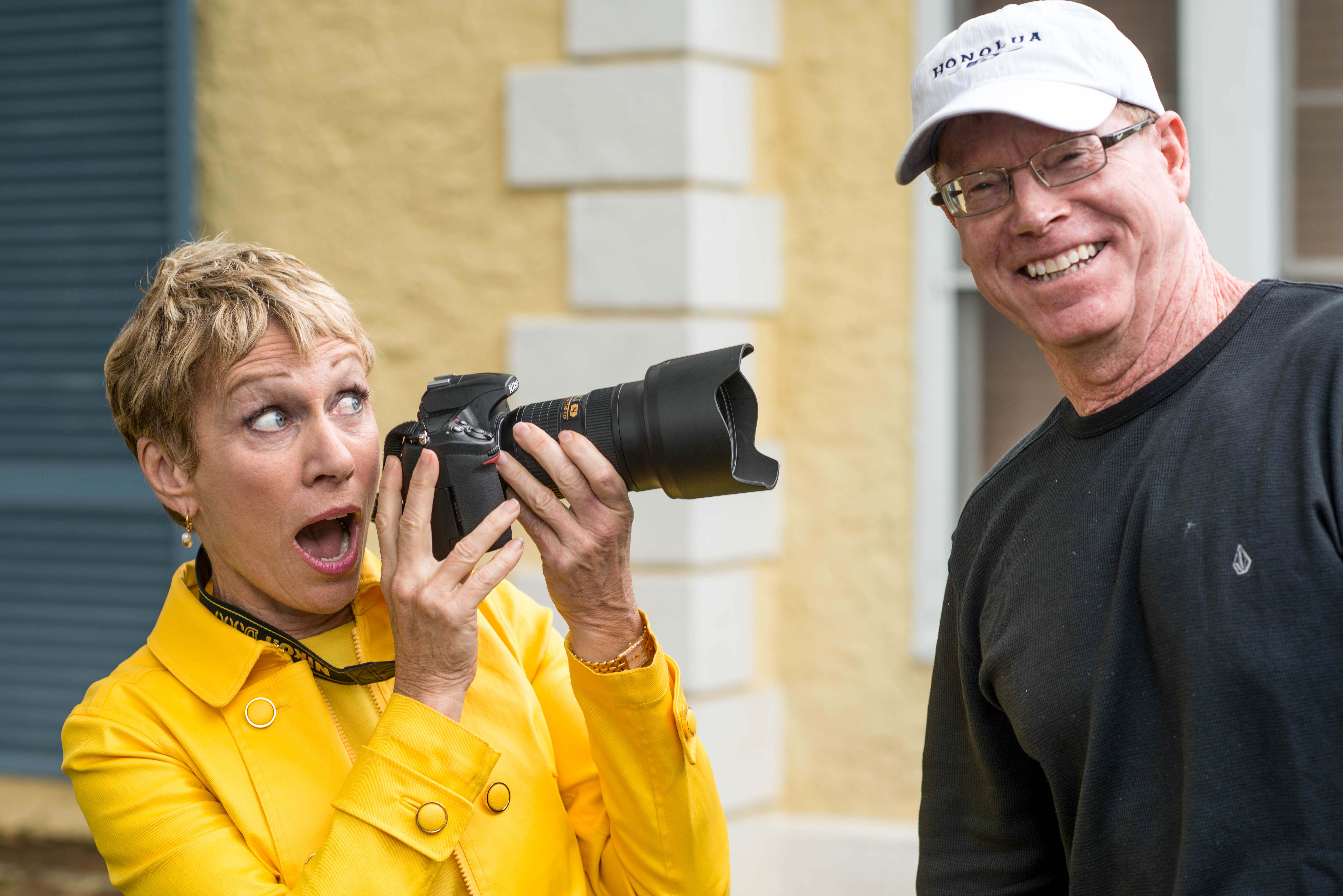
I built a roster of “A list” clients like: Florida Power and Light, Golden Bear International, First Bank of Florida and the world’s largest sports association, The PGA of America.
For the utility company, we created educational displays describing the benefits of clean energy wind farms. The college guidance counselor was right. She had sent me in the right direction and I would be forever grateful. Creating ideas for businesses that I loved came easily.
We helped our bank client open 14,000 checking accounts with a turtle shaped “beanie baby” give-away. Each branch office had boxes of these irresistible, soft plush turtle baby toys in front and behind the teller windows. No parent left without opening a new account.
We designed logos for PGA Golf Championships at America’s most prestigious golf clubs–and created TV commercials that had college students proclaiming, “I am majoring in golf!” Advertising wasn’t rocket science, it was just fun.
One day, the bank president called me in to say he wanted a campaign to announce a name change to reflect their growth from a county bank to a statewide bank. I accepted the assignment with relish, and created commercials about kids that “outgrew their nicknames”. The awards flowed in, but I had not realized the bank’s true intent. They were positioning themselves to be sold. I was still young and naive. The new out of state owner, of course, gave the account to its out of state agency. The management team at the bank got golden parachutes. I got an important lesson: clients change agencies without hesitation.
In spite of the changeable and competitive world of client marketing, We were lucky to keep clients for an average of six to ten years. Most agencies saw client changes every three years.
I learned to anticipate change and embrace it–always upgrading computing power quarterly, sending staff to web site design seminars, keeping money in reserve, etc. And, it was a very good thing, because in 2006, the world experienced a financial crisis and the bottom fell out of the real estate market.
In a matter of days, every developer and builder and bank in America, was not paying bills, nor planning on advertising in the foreseeable future!
Everyday I came to work, I worried about how I would make payroll. I had made payroll every two weeks for twenty years, but now had cash reserves for about six months and no incoming fees. The agency felt like it needed a medic! And, that became my new salvation. The medical industry was immune from recession. I pitched and won a hospital and a hospice and somehow stayed in business. I gave a speech at the University of Georgia in Athens entitled “Marketing to the sandwich generation female” as she, I believed, was the key to health decisions made for both her children and parents.
So many times, I had reinvented myself in the attempt to stay relevant and needed by my clients.
From fax to e-mail. From print to online marketing From resorts and real estate to medical services.
In good times I had directed giant movie crews, and in bad times, I have operated both the camera, the microphone and the teleprompter simultaneously to fit a reduced budget. Whatever it took to make a living, I did it.
Most of all, I read dozens of books per month to stay on top of trends in each industry, and in technology in general.
Today, thirty years later, I still provide marketing consulting and write ad campaigns for a select few client I have known for decades.
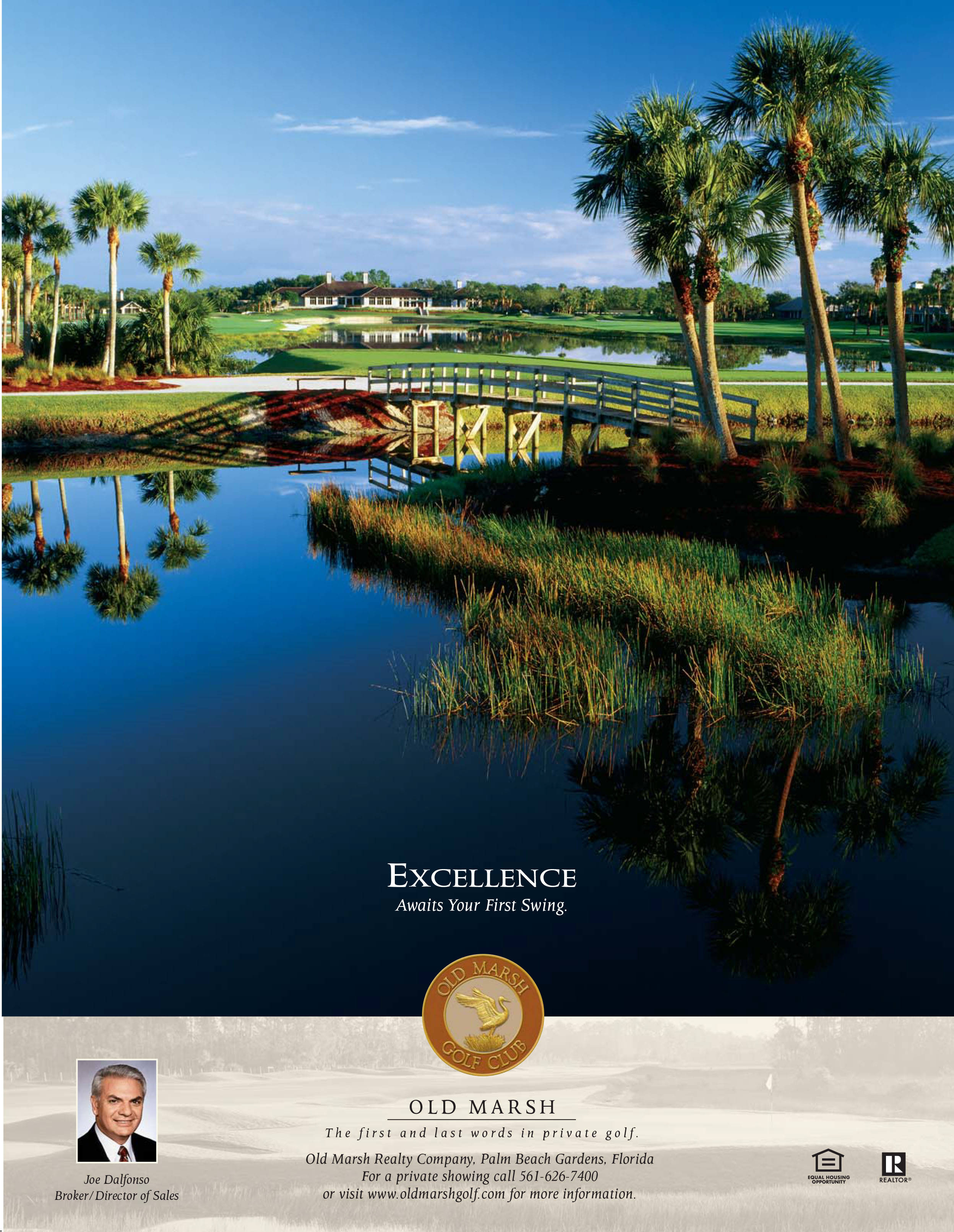 The mediums have changed: The Internet, of course has eclipsed traditional media, but the foundational principals of brand building imagery, selling with memorable stories, and fair media negotiation have not.
The mediums have changed: The Internet, of course has eclipsed traditional media, but the foundational principals of brand building imagery, selling with memorable stories, and fair media negotiation have not.
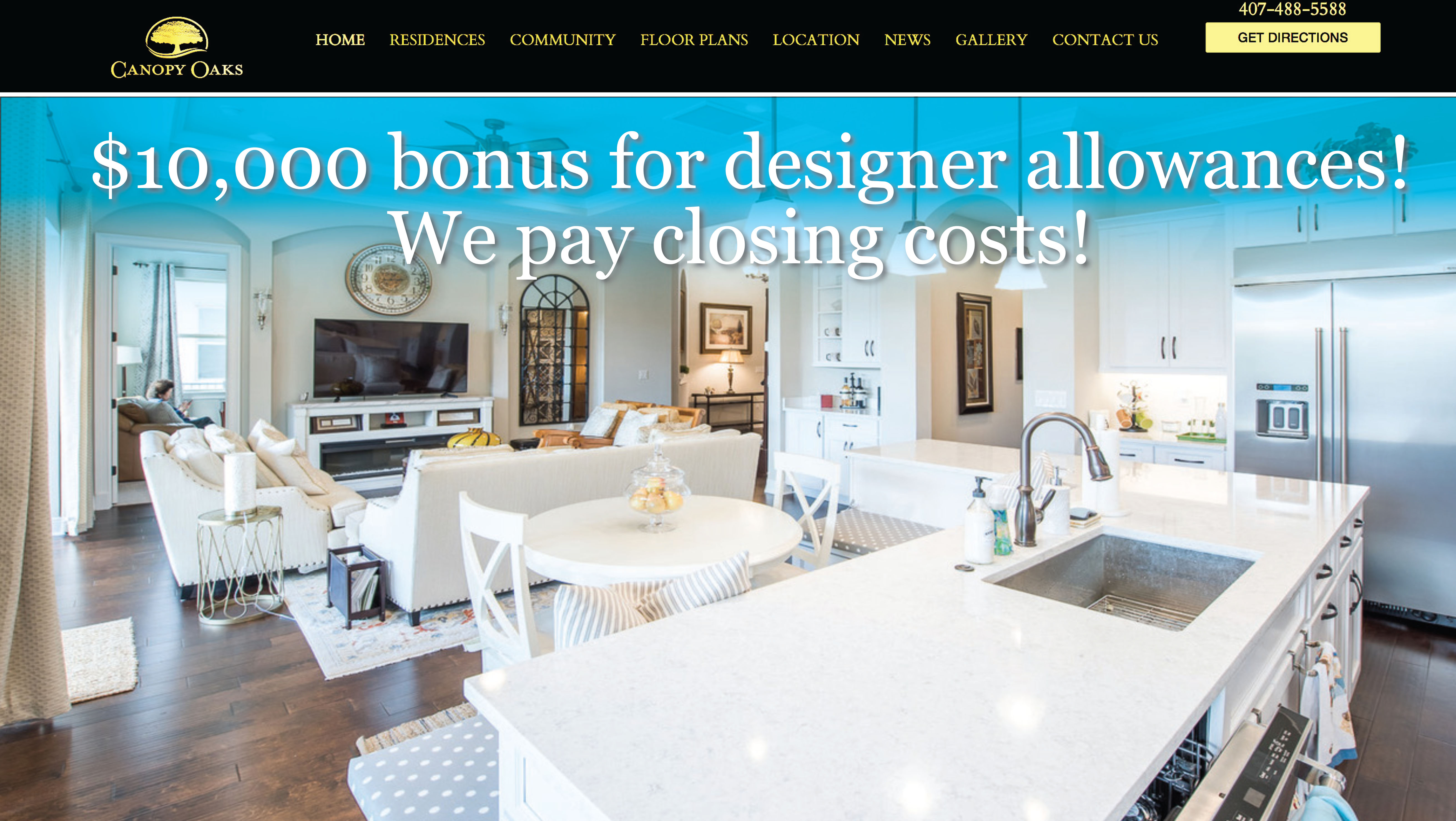
A small client with a memorable creative campaign can still outperform a large client with a pedestrian ad campaign.
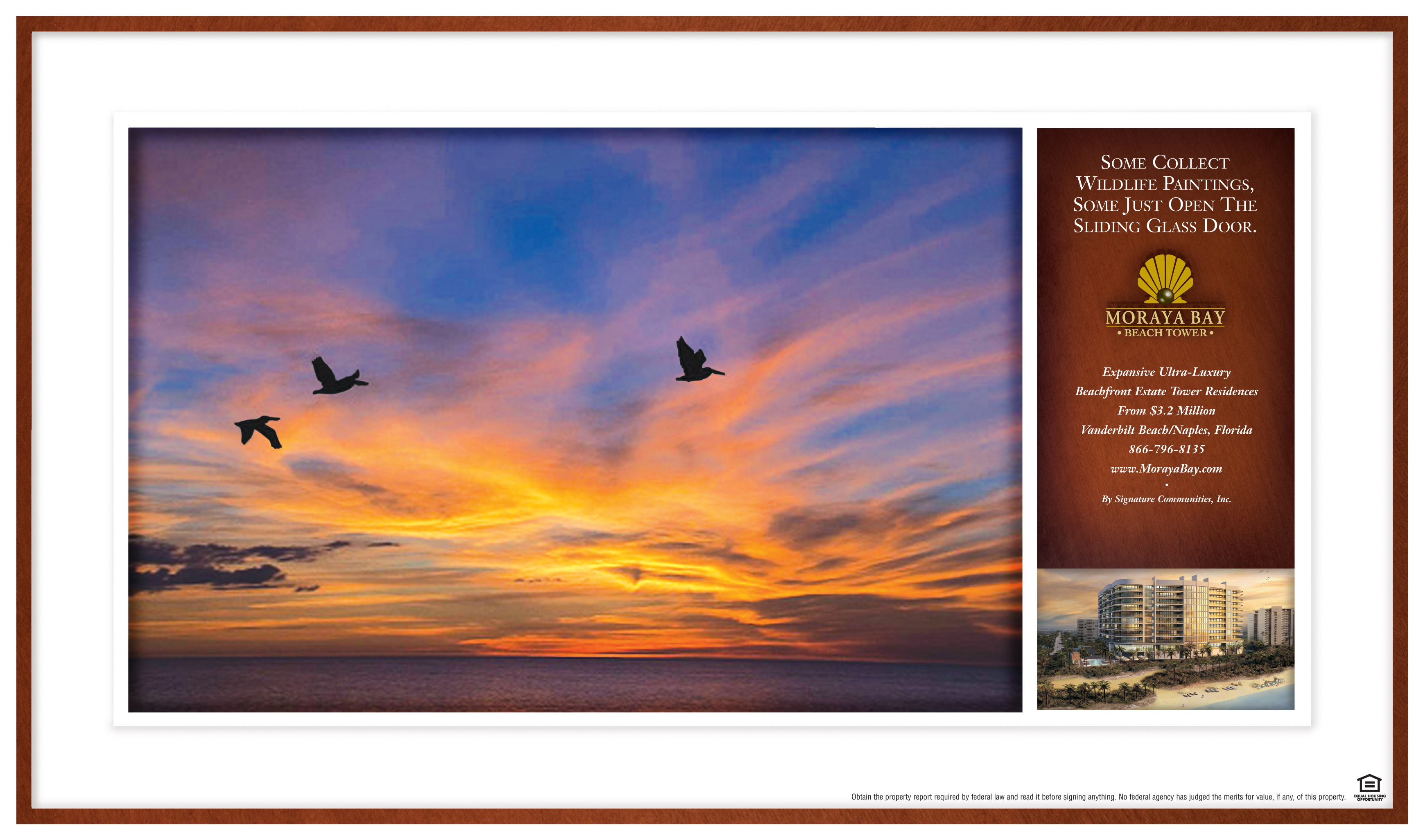
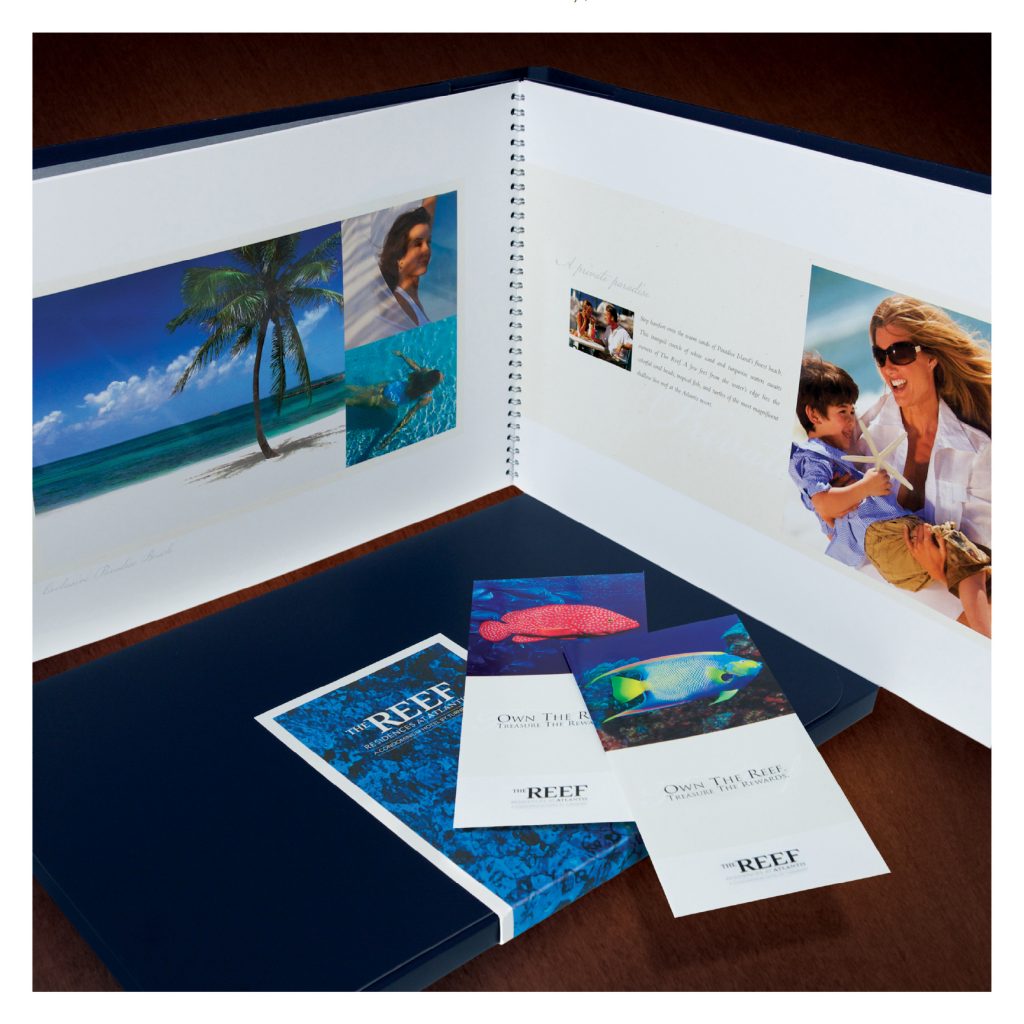
In short, creativity matters. Cleverness matters. Integrity and authenticity matters. In every industry, there is one company or product that has successfully become “the best in class”. Like I said, advertising is not rocket science.
See more case histories at
